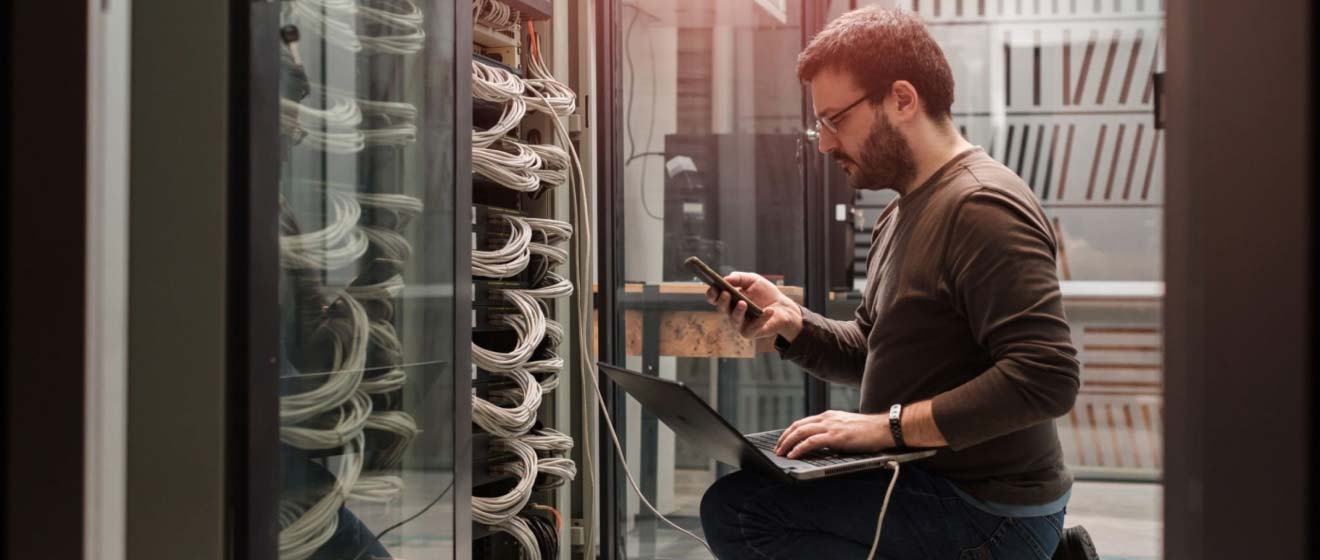
User Experience (UX) Design: Best Practices and Trends
In the ever-evolving digital landscape, user experience (UX) design has become a pivotal aspect of creating successful and engaging products. With technology advancing rapidly, designers must stay attuned to the latest trends and best practices to deliver seamless and satisfying user experiences. In this article, we will explore the fundamental principles of UX design, along with current trends shaping the industry.
Understanding User Experience Design
User experience design goes beyond creating visually appealing interfaces; it encompasses the overall interaction a user has with a product or service. The goal is to ensure that every touchpoint, from the first interaction to ongoing engagement, is intuitive, enjoyable, and aligned with user expectations.
- User-Centered Design
At the core of UX design is the principle of user-centered design. This approach prioritizes understanding the needs, behaviors, and preferences of the target audience. Conducting user research, creating personas, and gathering feedback at every stage of the design process are essential practices to ensure the final product aligns with user expectations.
- Usability
Usability is a critical aspect of UX design. A product that is difficult to use or navigate will frustrate users, leading to a negative experience. Designers focus on creating interfaces that are intuitive, accessible, and efficient, allowing users to achieve their goals with minimal effort.
- Responsive Design
With the increasing prevalence of mobile devices, responsive design has become a standard practice. Ensuring that a website or application adapts seamlessly to various screen sizes and devices is crucial for providing a consistent and enjoyable user experience across platforms.
- Consistency and Familiarity
Consistency in design elements and interactions contributes to a sense of familiarity for users. Whether it’s the placement of navigation menus, the use of color schemes, or the language used in prompts, maintaining consistency throughout the user journey enhances predictability and reduces cognitive load.
Current Trends in UX Design
As technology continues to advance, new trends emerge, shaping the way designers approach UX. Staying abreast of these trends is essential for creating modern and innovative user experiences.
- Dark Mode
Dark mode has gained immense popularity, driven by its aesthetic appeal and potential benefits for reducing eye strain in low-light environments. Many popular applications and websites now offer a dark mode option, allowing users to choose their preferred interface style.
- Microinteractions
Microinteractions involve subtle animations or feedback that occur in response to user actions. These small details, such as a button changing color when clicked or a notification animation, enhance the overall user experience by providing visual cues and feedback.
- Voice User Interface (VUI)
As voice-controlled devices become more prevalent, incorporating voice user interfaces is a growing trend. VUI allows users to interact with technology through speech, providing a hands-free and natural way to engage with digital products.
- Augmented Reality (AR) and Virtual Reality (VR)
AR and VR technologies are becoming increasingly integrated into UX design, offering immersive and interactive experiences. Whether enhancing product visualization or creating virtual environments, these technologies are pushing the boundaries of traditional user interfaces.
- Personalization
Personalization involves tailoring the user experience based on individual preferences and behavior. From recommending personalized content to adjusting interface settings, incorporating personalization enhances user engagement and satisfaction.



Future Directions in UX Design
Looking ahead, the UX design landscape is likely to witness further evolution driven by emerging technologies and changing user behaviors.
- Artificial Intelligence (AI) Integration
The integration of AI into UX design holds immense potential. AI can analyze user data to predict preferences, automate repetitive tasks, and personalize experiences in real-time. Chatbots and virtual assistants powered by AI contribute to a more dynamic and responsive user interface.
- Inclusive Design
Inclusive design focuses on creating products that are accessible to users with diverse abilities and needs. This involves considering factors such as readability, navigation, and interaction for users with disabilities, ensuring that digital products are usable by everyone.
- Biometric Authentication
Biometric authentication, including fingerprint and facial recognition, is becoming more prevalent as a secure and convenient method for user identification. Integrating these technologies into the user experience streamlines authentication processes while enhancing security.


